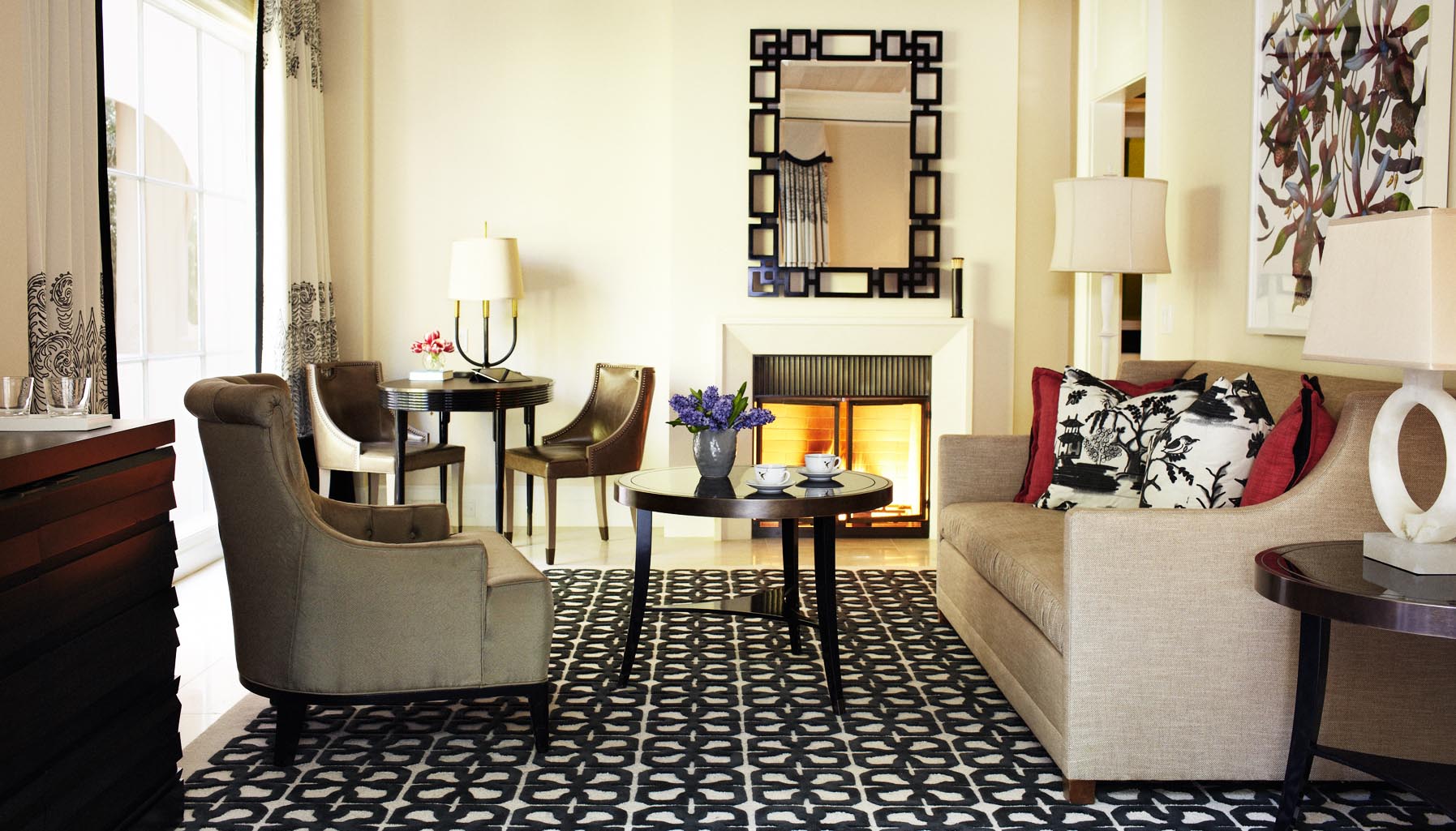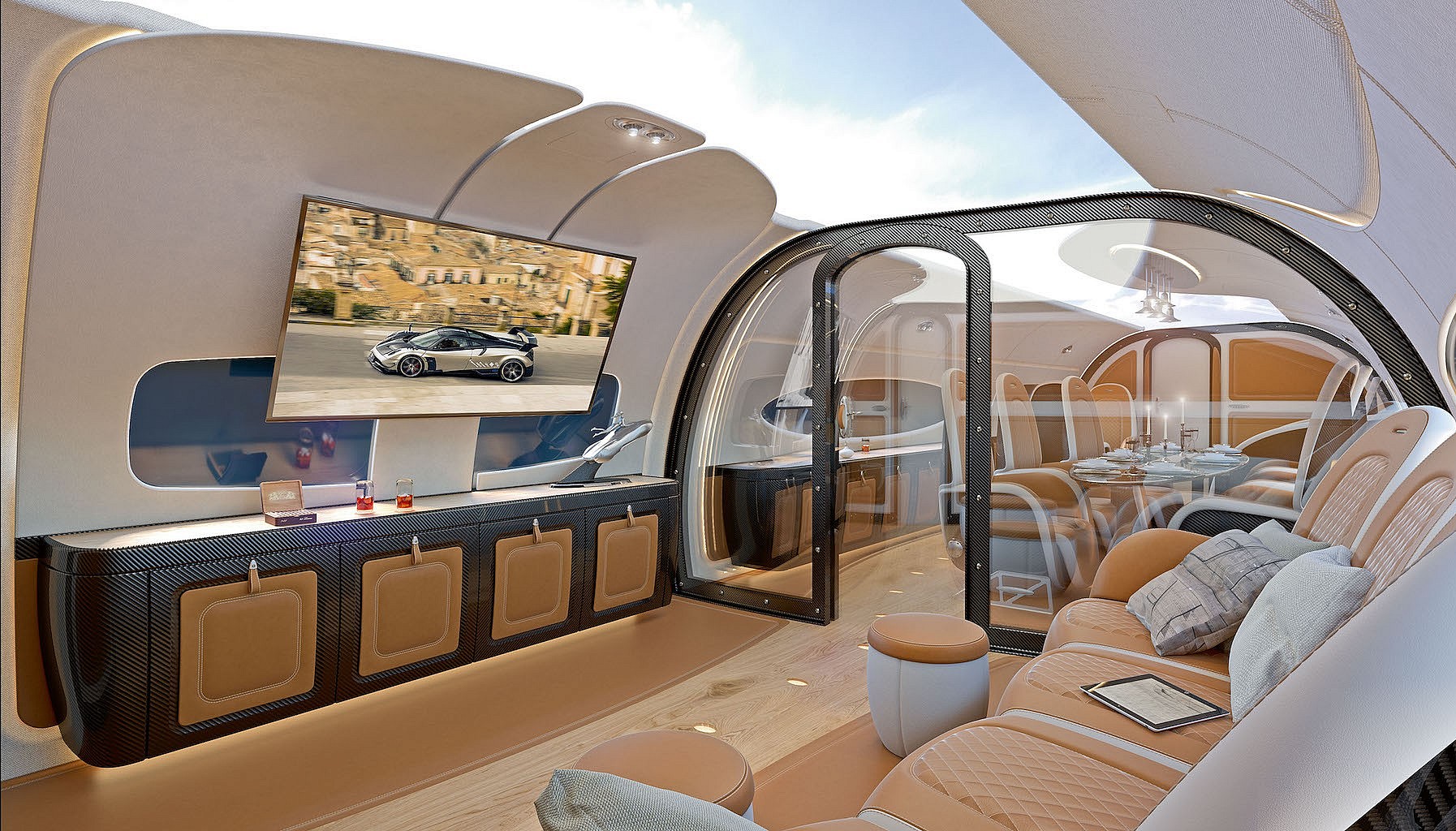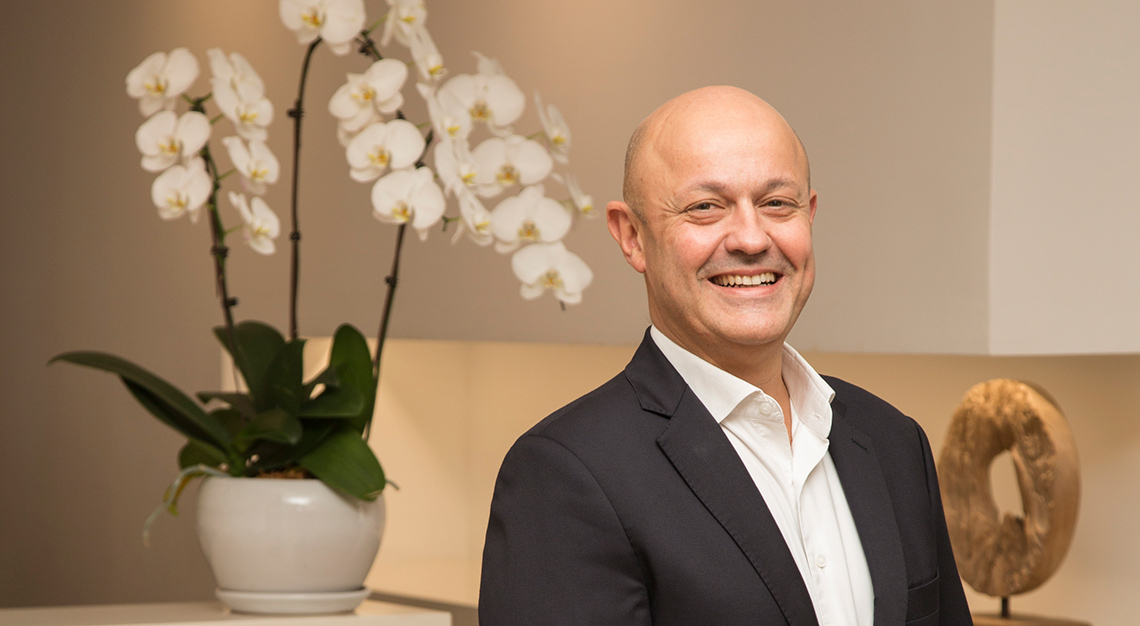THE HOUSEHOLD NAME IN THE WORLD OF LUXURY HOTELS AND RESORTS TELLS US why you should always design the lobby first

An immutable truth is that time, and tastes, change. Luxury hotels are no exception to that maxim, with interior designers facing perplexing conundrums such as how to keep the decor, fixtures and fittings evergreen. “The designer’s challenge hasn’t changed,” says Alexandra Champalimaud, who runs the respected New York City firm
Champalimaud Design, “But, the preferences and demands of guests continue to escalate. Some want a social environment, others seek privacy and serenity. We must design for both and recognise that successful hotels serve a multi-generational clientele. The requirements of the luxury guest, such as elegance, comfort, privacy, bespoke service and an authentic sense of place remain, with technology and entertainment demands at a new level.”
Born and raised in Portugal, Champalimaud received her early education in Switzerland and England, before completing her design training at the Espirito Santo Foundation in Lisbon. Today she’s known for top-shelf bespoke design, with a track record that includes
Waldorf Astoria New York and St Regis Beijing.
For Champalimaud, an obvious first step in a hotel design is the lobby. Hotels are treating lobbies as more than just entryways, using them as lounges or bars. And often lobbies will be a conduit to those increasingly common hotel amenities – the celebrity chef restaurant or luxury boutique. “The sophisticated traveller has many choices. All want to be delighted and receive gracious service, but delight comes in different forms.”
Resorts have long blurred the difference between indoor and outdoor, and urban hotels are beginning to follow the trend, one example being interior gardens or the introduction of green elements in the room. Properties are also focusing on being unique by displaying works by local artists or by using ingredients from local producers, to forge a sense of place and identity.
“We try to avoid the trendy,” says Champalimaud. “We seek to create inspired spaces that provoke trends and have commercial longevity. Sustainability should be woven into every project. Practical, intuitive technology, adaptable to constant change, is now a must. Great art, used selectively with integrity, is replacing predictable, necessity art.”
Even historic buildings are being refashioned, with modern twists or with a nod to the past. “Old banks, deconsecrated churches and industrial buildings are all great candidates for conversion. We recently restored and adapted Gainsborough Bath Spa in Bath, England. This 18th-century hospital sits among the ruins of ancient Roman baths and is centred over a healing thermal spring.”
The refit of Gainsborough focuses on craftsmanship and a celebration of tradition. The five metre high windows in guest rooms have long dramatic drapes in fine British style. The toile pattern in neutral tones depicts a classic pastoral scene and walls are teal blue.
Bedrooms no longer focus just on the sleeping area, with oversized bathrooms comprising 40 per cent or more of the room. And the concept of bringing the hotel experience home will continue to grow. The various brands under Starwood Hotels & Resorts sell their beds, while Alila Villas Soori, in Bali, sells its furniture through the resort or furniture manufacturer Poliform. “We expect to see materials developed for five-star hotels being used more broadly.”






